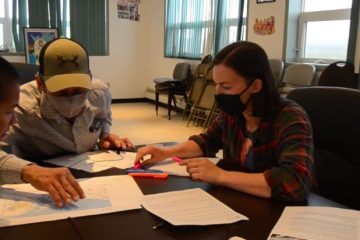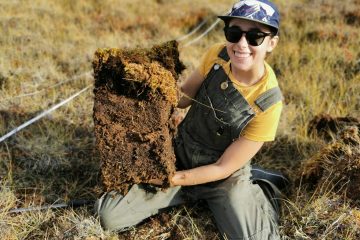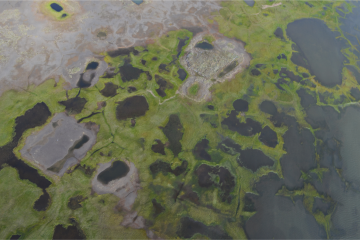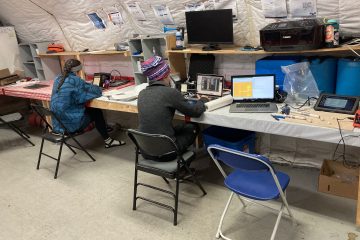Zhina Rezvani will be presenting Assessing Thaw Settlement Vulnerability of the Hudson Bay Railway in the Face of Climate Change.
Date: 23 April 2025
Time: 13:00-14:00 Eastern Time
Location: Zoom (details are posted in our Teams site).
The effects of climate change are intensified in northern regions due to polar amplification. As a result, the stability and functionality of infrastructure in these areas are under greater threat than ever before. The Hudson Bay Railway (HBR), located in northern Manitoba, is a prime example of vulnerable infrastructure facing the challenges of a warming climate.
In this webinar, Zhina Rezvani will share insights into assessing the impacts of climate change on permafrost thaw, which leads to soil settlement beneath the railway embankment. Her research involves finite element thermal modeling followed by coupled thermo-mechanical modeling to simulate both the current and projected future conditions of the soil and permafrost under the railway embankment and adjacent area. The findings of this study will support HBR policymakers in making informed, strategic decisions regarding the future of the railway, whether through improvement methods, mitigation measures, or potential realignment of certain sections.


















